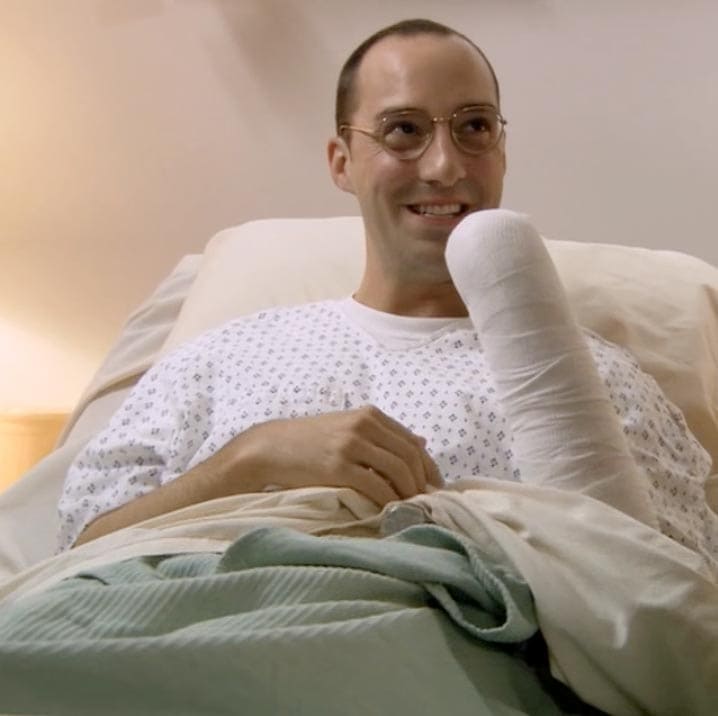The first time I saw a telephone in a car (I’m lookin’ at you, Mr. Rosier), I thought I’d died and gone to Rich People Heaven.
Anytime I see a photo from the latest camera, I wonder how pictures could ever be clearer than they are at this very moment.
I think of the days our family of four sat across the room from a 22-inch box and not only looked at, but were able to see a basketball game. Today, if I’m in a bar and sit 25 feet from a 60-inch TV, I complain that I can’t see it. When I do get a good seat, I think, how could pictures ever be crisper than this?
When it comes to technology, what more can be done?
Are we not satisfied with having a cloud in our pockets, companies that deliver packages the same day the order is placed, watches that tell us how long we were in a REM cycle, cars that drive themselves?
I mean, SELF-DRIVING CARS for god’s sake. We need more than this?
Always.
Way Back When
In a collection of postcards from just over 100 years ago, French artists illustrated what they imagined life to be like in the year 2000. They were pretty optimistic about life in the water and in the sky—take these flying firefighters and cars, for example:
But they did get video calls right.
To be fair, though, so did Pee Wee Herman.
But customers were much different in the past because their wants and needs were different. For example, 70 years ago, people thumbing through magazines weren’t alarmed by smoking; in fact, even doctors were doing it:
And 100 years from now? If a supervolcano hasn’t wiped out the population yet, customers likely won’t be looking for the best-tasting cigarette; they’ll have different interests, concerns, and accessibility. They’ll be wondering where to take their teleporter for repairs.
So what does that mean for marketers and our customers?
Going Forward
Certainly, in the near future, as it already has, mobile will enable more personal interactions between brands and people. We no longer have to sit at our desks or open our laptops to access the web (are people still calling it that? I am.)—almost everything can be done from our cell phones. Sitting on a delayed airplane on the tarmac, we’re able to Tweet at the airline to see if they can book us a new connection; sitting on the bus, we can put in our coffee order for pickup; sitting on the toilet, we can review our latest Amazon purchase.
In the future, maybe we won’t have phones at all and we’ll just telepathically send in our coffee order. And, despite crossing what some believe are ethical boundaries, microchips will likely be old hat 100 years from now and could store information that makes the buying experience even easier. A U.S. technology company, Three Square Market, has already started using them. They aren’t used for marketing purposes and they don’t contain GPS tracking, but these chips, implanted in volunteers’ hands, allow employees to enter the office and make purchases in the cafeteria with a wave of their hand.
Personally, given the option between merely waving my hand at the salt and vinnies behind the vending machine plexiglass and digging around the bottom of my bag for some change, I’d take the microchip.
Although the Three Square Market microchips don’t use GPS tracking, it is certainly being used elsewhere. Malls and marketing companies are already using proximity marketing to work out where people are. Just walking into a shop, you might receive an offer on your phone for 10% off, which you’ll be able to use once you register on that app with your fingerprint.
And because our phones are now recognizing our fingerprints, we rarely have to remember passwords anymore. Without passwords in the future, website forms will definitely be long since forgotten, and client information will be gathered via fingertips. We’re already moving away from clicking and pointing with a mouse, to tapping and swiping with our fingers, and using a mouse only began 40 years ago. In another 100, we’ll likely just scroll and navigate our screens with our eyeballs. The ultimate hands-free experience. Who knows, we might not even have hands then.*
The good news for marketers now is that technology doesn’t have to change who we are. According to an Inc.com article, “your company should alter your values and mission statement in order to accommodate new trends and different business landscapes. Your purpose—your sole reason for existence—should never change.” So, thankfully, we don’t have to plan now for technological advances and should just be ready to adapt as they come. Today, that’s as simple as making sure your website is mobile friendly.
So what will your customers be like in 100 years?
Robots.
The end.
*It’s much more likely that we won’t have screens in 100 years.


















